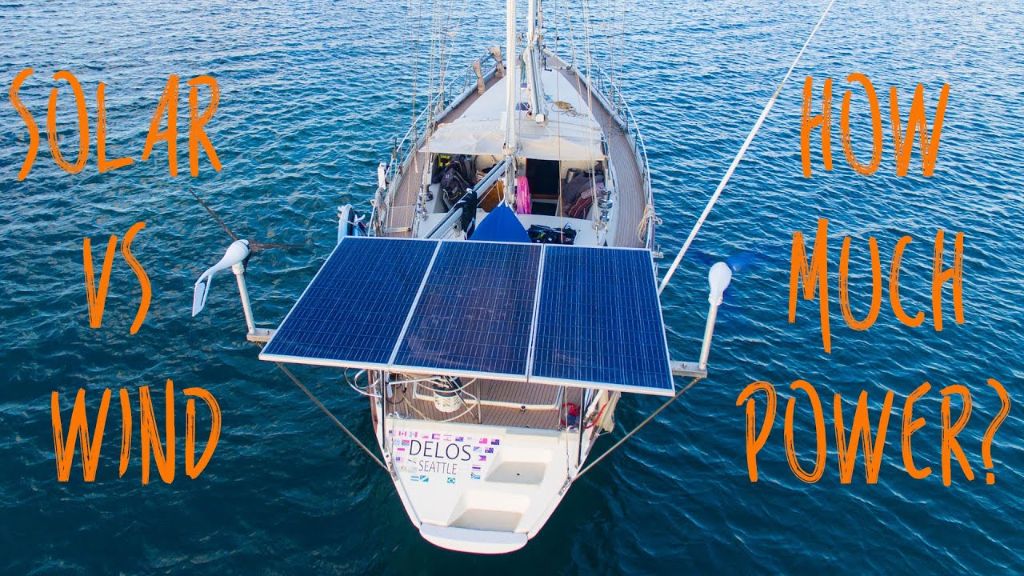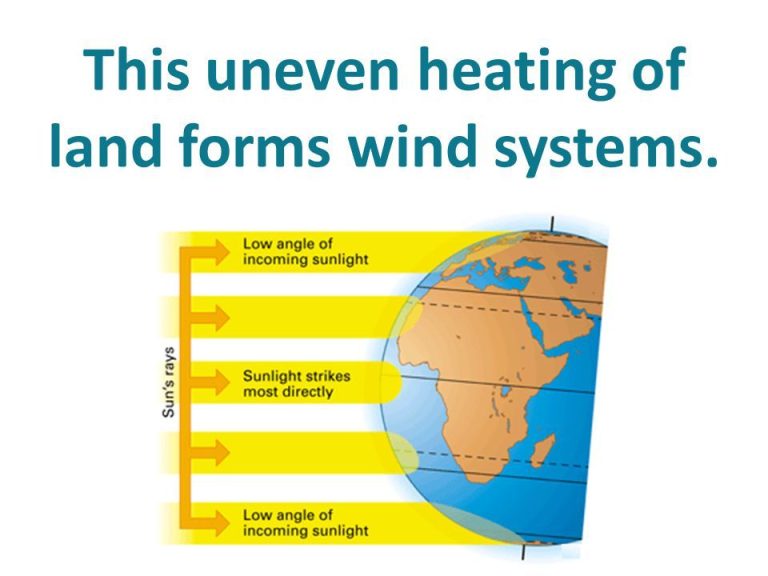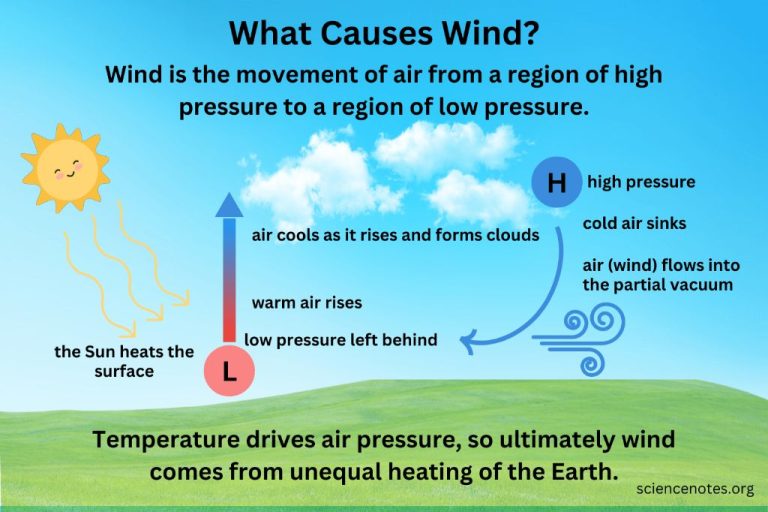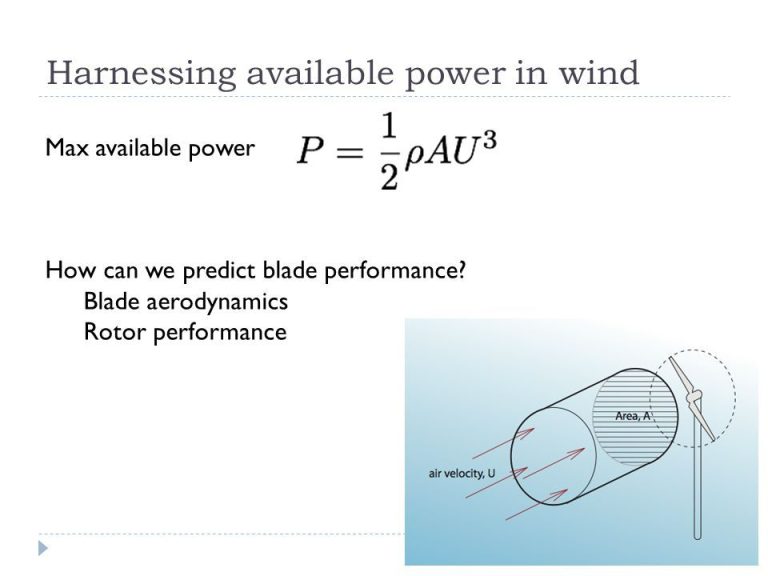How Much Power Does A Boat Wind Generator Produce?

Boat wind generators are increasingly popular devices used to generate electricity on boats by harnessing the power of the wind. They allow cruisers and liveaboards to charge batteries and power electrical systems while out on the water. The amount of power a boat wind generator can produce depends on several factors, particularly wind speed, swept area, and generator efficiency.
This article will provide an overview of how boat wind generators work, the key specifications that impact power output, typical power production ranges, and tips for maximizing energy generation. Comparisons to solar panels will also be included to help determine the best renewable energy solution for your maritime needs. With the right wind generator properly installed, cruisers can harness free wind power and reduce their dependence on shore power and fuel-based generators.
What is a Boat Wind Generator?
A boat wind generator is a device installed on sailboats, motorboats, and cruisers to harness the power of the wind to generate electricity (Source: https://www.lifeofsailing.com/post/best-wind-generators-for-sailboats). These generators typically consist of blades connected to a rotor and a generator. As the wind blows past the blades, it causes them to spin, which then spins the rotor connected to an alternator or generator to produce electricity.
Common sizes for boat wind generators range from 400 watts up to 2000 watts. Popular models and brands include the Superwind 350 and 353, Air Breeze, Ampair, and the Rutland 913 and 1200 wind turbines (Source: https://www.emarineinc.com/categories/Marine-Wind-Turbines). The size and model determines how much energy it can produce.
To generate electricity, the rotor blades capture the kinetic energy from the wind and convert it into rotational energy to spin the internal rotor. This rotational motion gets converted into electrical energy by the alternator or generator portion of the turbine. The electricity is then fed to the boat’s electrical system through wiring and can be stored in batteries. So in summary, the wind turbine harness the wind’s power to generate clean electricity for on-board use.
Key Factors That Determine Power Output
There are several key factors that determine how much power a boat wind generator can produce:
Rotor Size and Design – The larger the rotor blades and swept area, the more wind energy can be captured. Most boat wind generators have rotors between 0.5-2 meters in diameter. The specific design and aerodynamics of the blades also impacts efficiency.[1]
Wind Speed – The power available in wind goes up exponentially with wind velocity. Output can be approximated by the formula Power = 0.5 x Air Density x Swept Area x Velocity^3. This shows why finding areas with consistent high wind speeds is critical for maximizing power.[2]
Generator Efficiency – The generator converts the mechanical power from the spinning rotor into electrical power. More advanced generators with neodymium magnets, low friction, and optimized coils can achieve higher efficiency rates up to 40-50%.
By optimizing these three factors – large swept area, high wind speeds, and an efficient generator – boat wind generators can achieve substantial power output from the wind.
[1] https://energyeducation.ca/encyclopedia/Wind_power
[2] https://www.linkedin.com/advice/1/how-can-you-determine-energy-output-wind-turbines
Typical Power Output Ranges
The power output of a boat wind generator depends heavily on wind speed. Most small wind turbines designed for marine use have power curves indicating their expected performance at different wind speeds. According to one manufacturer, their 400W turbine can produce around 50-150 watts in a light breeze of 7-8 mph, 200-300W in a moderate 10-15 mph wind, and 400W in a strong 20+ mph wind.
Real-world power production will depend on the specific conditions. One boating forum user with a 400W Air Breeze generator reported averages of 50-60W on a sailboat in light winds under 10 mph. In optimal conditions with steady 15+ mph winds, they saw peaks of 300-400W. But sustained high winds are rare on water, so average output is often lower.
Larger capacity turbines over 1kW can better capture energy from gusty, intermittent winds. According to a case study on Solar US Shop, their 1.5kW turbine produced 200-300W in light winds and 650-900W in stronger breeze over 15 mph. But consistently reaching max power requires near gale-force winds over 25 mph.
So when estimating real-world output, expect substantial power in strong sustained winds but more modest averages over time from small turbines under 1kW capacity.
Maximizing Power Production
There are several ways to maximize the power output of a wind generator on a boat:
Optimal rotor and blade design is critical. The rotor blades capture the wind energy and convert it into rotational motion to spin the generator. Longer blades can capture more wind power, but they also create more drag on the rotation. Advanced blade shapes, such as aerofoil designs, improve lift and efficiency. Materials like carbon fiber and fiberglass allow for lighter and stronger blades.
Tower height is also important, as wind speeds are faster at higher altitudes due to less drag and turbulence. Extendable towers allow accessing stronger winds while still lowering the tower for storage or passing under bridges. However, the boat must be balanced with a higher tower.
Finally, high efficiency alternator or permanent magnet generators optimize energy conversion from mechanical rotation into electrical energy. Alternators with more copper windings or stronger permanent magnets improve power generation efficiency.
Sources: https://news.mit.edu/2022/wind-farm-optimization-energy-flow-0811, https://www.windsystemsmag.com/maximizing-wind-energy-yield/
Comparisons to Solar Panels
When it comes to providing renewable power on a boat, wind generators and solar panels both have their pros and cons. Here’s an overview of how they compare:
Solar Panels
Pros:
- More modular and scalable – can add more panels easily
- No moving parts and less maintenance required
- Work well even when boat is not moving
Cons:
- Output depends on sunny conditions
- Require large exposed surface area on boat
- Can get covered by salt, dirt, sea spray, etc. reducing output
Wind Generators
Pros:
- Can provide power even at night or on cloudy days
- Smaller overall footprint on boat
- Higher peak power output potential
Cons:
- More noise and vibration
- Require good wind conditions to operate
- More maintenance with moving parts
Many boats use hybrid renewable systems with both solar panels and wind generators to harness the advantages of each technology. Strategically installing both allows power generation in a wider variety of conditions.
Estimating Your Power Needs
Calculating your boat’s electrical load requirements is an important step in determining if a wind generator can meet your power needs. Here are some key factors to consider:
First, make a list of all electrical devices and equipment on your boat and their wattage ratings. Be sure to consider both AC and DC loads. Things like lights, navigation electronics, pumps, refrigeration, and entertainment systems all need to be accounted for. According to this source, you can calculate amperage by dividing watts by volts.
Next, estimate the average daily usage time for each item. This will allow you to calculate the total amp-hour per day requirement. Amp-hours are found by multiplying average amperage by time in hours, as explained by this source. Be sure to include a safety factor of 20%.
Compare your total amp-hour requirement to the rated output of the wind generator. Wind generator output can vary greatly depending on wind speed. Check the power curve for your specific model to see expected outputs at different wind speeds. Make sure the wind generator can meet your average daily needs, not just peak output.
Additionally, factor in other charging sources like solar panels or engine alternators. Using multiple complementary charging sources can provide redundancy and better ensure your power needs are met.
Installation and Maintenance
Properly installing and maintaining a wind generator is critical for safety and performance. The generator should be securely mounted high up on the boat’s mast to capture the most wind. According to Sail Magazine, the wind generator assembly can be attached to the mast using two metal stays that allow it to be raised or lowered. The turbine and blades connect together with bolts before slipping into the pole mount.
The generator’s wiring should be run through the mast and connected to the boat’s electrical system using the appropriate gauge wire and circuit protection. Preventing corrosion is vital for a wind generator mounted on a sailboat. Life of Sailing recommends applying dielectric grease to all electrical connections and using marine-grade materials. The mounting hardware should also be stainless steel.
Routine maintenance is required to keep a wind generator operating properly in the harsh marine environment. The turbine and blades should be inspected for damage and wear. Corrosion prevention measures may need reapplication over time. Bearings may require periodic lubrication. Annual electrical testing and inspection ensures all connections remain solid.
Costs
The costs of a boat wind generator include the initial price of the generator itself as well as installation and lifetime maintenance expenses.
Wind generator prices can range from around $500 to over $1000 depending on the model and power output. More powerful generators with higher energy production capacities will be on the more expensive end of the range. For example, the MarineKinetix MK4+ 400 Watt wind generator costs around $1500.
Installation costs will also add to the total expense. Professional installation can run $1000 or more depending on the complexity and location. DIY installation may reduce costs but still requires purchases such as wiring, cables, brackets and hardware which can add a few hundred dollars.
Over the lifetime of the wind generator, maintenance costs will come into play as well. The blades will need to be inspected and possibly replaced every few years. Controllers and other components may eventually need service or replacement. Proper maintenance is important to maximize power production and return on investment, so budgeting a few hundred dollars every 2-5 years is recommended.
Taking into account the generator, installation and long-term maintenance, the total costs of a wind generator system for a boat can easily exceed $2000. However, with appropriate sizing for your power needs and regular upkeep, a wind generator can still deliver significant value from free renewable energy generation over its lifetime.
Conclusion
To summarize the key points, the amount of power produced by a boat wind generator depends primarily on the size of the blades, the average wind speed in your area, and how tall you are able to mount the tower. Smaller 400-600 watt models with 3-5 foot blades will produce an average of 10-40 amps per hour in moderate wind. Larger 1 kw models with 6-8 foot blades can produce anywhere from 50-150 amps per hour depending on wind conditions.
With average power output of 50-100 amps, wind generators are well-suited for recharging batteries and meeting electrical needs on board boats and sailboats. They can provide a robust supplemental energy source in addition to solar panels. Wind generators have the advantage of producing power at night and in stormy weather when solar panels may be less effective. With proper installation and maintenance, wind generators can be a smart, eco-friendly energy investment for boat owners.




